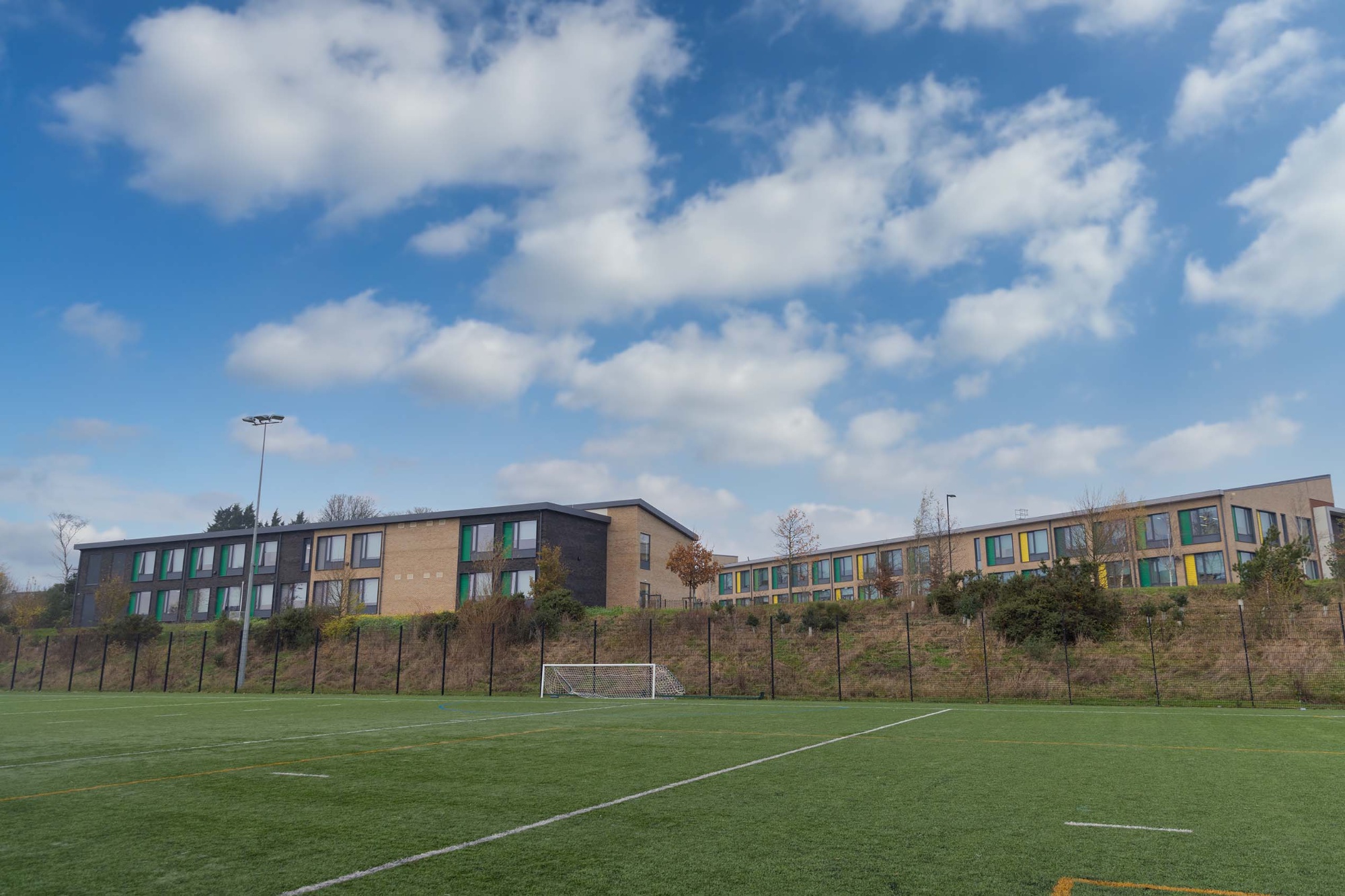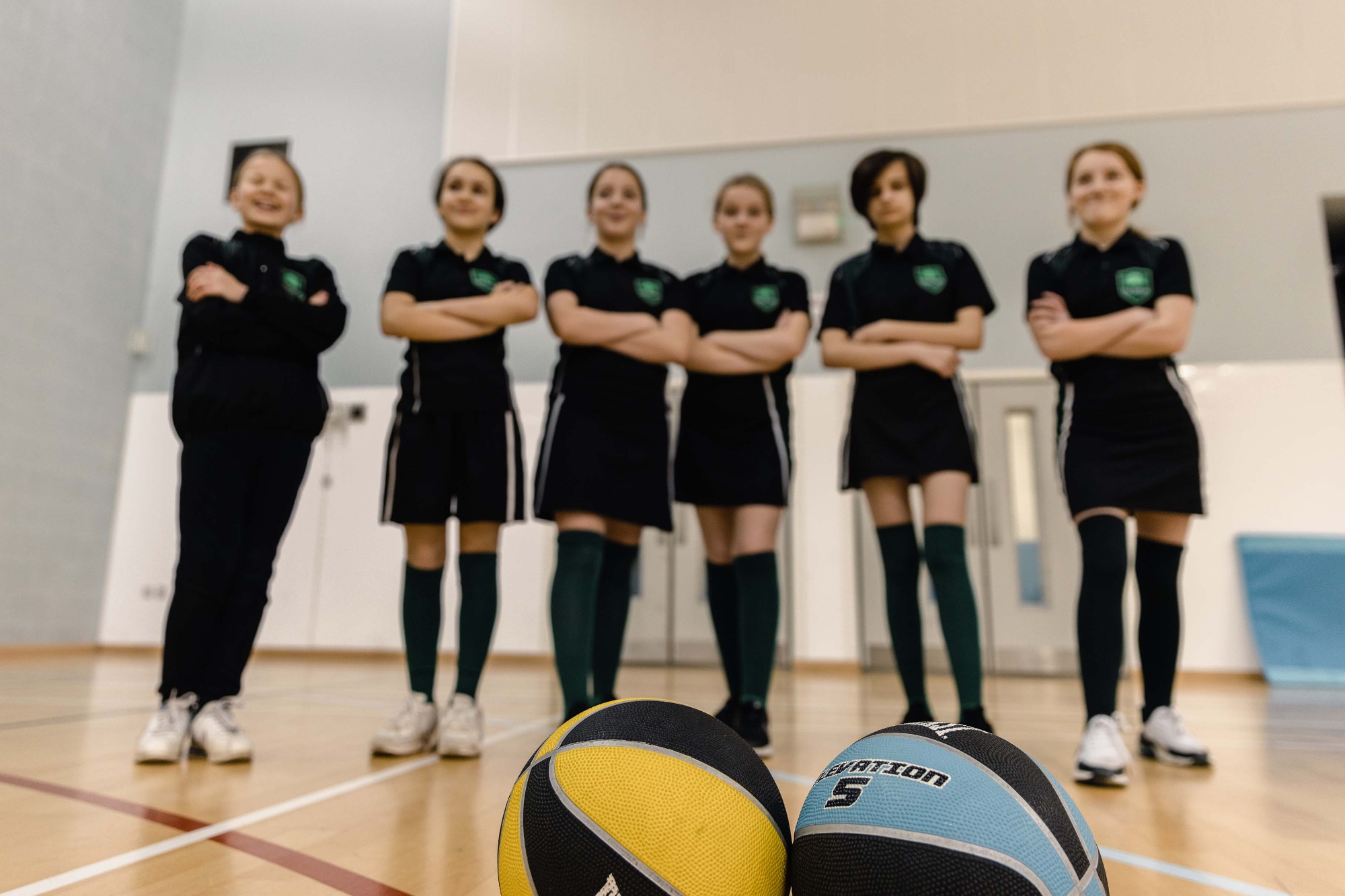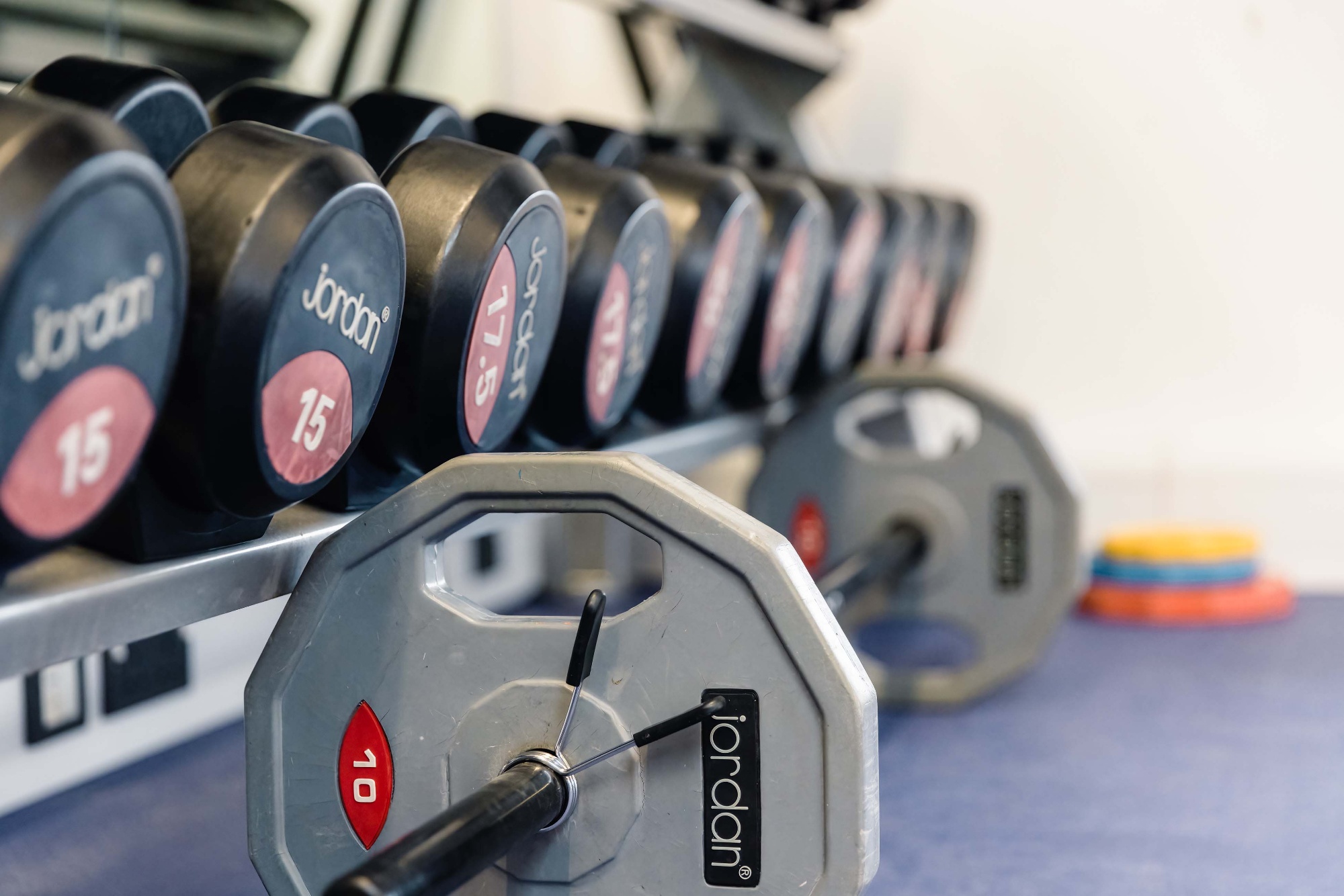.
As a school we are committed to a blended learning approach using Microsoft Teams – We encourage all pupils to spend at least 2 hours a week engaging in teams. This can include recapping on the lesson material covered as well as identifying the key knowledge covered in a range of ways. Pupils working independently to further develop their understanding of key knowledge is a vital way of ensuring that facts become embedded in memory and can be recalled with ease.
Please make sure that your child has access to a computer at home and has downloaded Microsoft Teams on to their Computer and Phone. (Further details can be found at – https://www.telfordlangleyschool.co.uk/home-learning or by emailing - langley.homelearning@taw.org.uk) Please find a summary below of some of the guiding principles of this approach and how you can help support your child.
How do students learn effectively?
Research evidence shows that some of the most effective learning happens when these strategies are used:
- Retrieval Practice.
- Spacing and Interleaving.
- Dual Coding.
What do these terms mean in practice?
Here is a brief description of some specific tasks that could be done and links to further guidance:
Retrieval practice - is the idea that students are regularly tested on the things they have learnt. With repeated practice they will find it easier and easier to recall the knowledge they have been taught. Strategies to do this include:
- Flash Cards (https://www.youtube.com/watch?v=mzCEJVtED0U)
- Past Papers (Y10 & 11 Only - available from exam board websites e.g. https://www.aqa.org.uk/find-past-papers-andmark-schemes). More information on revision can be found on the Keystage 4 Revision tab.
- Explaining Ideas (take an idea that you have learnt and explain the how and the why of it to someone else)
- Study Groups (with parental permission it can be helpful for students to discuss their learning with their school friends. This, of course, needs to be carefully monitored and the conversation needs to remain focused on the learning!)
Spacing and Interleaving - is all about when you study/revise a topic. Leaving gaps and returning to a topic is much better that studying one subject in a single, larger block of time. (https://www.youtube.com/watch?v=eVajQPuRmk8)
Dual Coding - is about combining words with visual elements. This helps the brain to process the information and build links in a student’s memory.
Strategies to do this include:
- Diagrams (creating an annotated diagram of a topic is a good way to build memory)
- Mind Maps (https://www.youtube.com/watch?v=wLWV0XN7K1g)
- Timelines (like diagrams, these help the brain to build links which will help memory/revision)
Retrieval Practice
Retrieval Practice
As part of the school’s approach to blended learning we ask that pupils engage with the materials shared on teams for at least 2 hours each week.
A key part of doing this is to make sure the learning covered in lessons ‘sticks’ and is stored in pupils long term memory. One of the simplest ways of doing this is using retrieval practice.
Please find a short video below that explains what retrieval practice is and how you can support your child to remember more.
What is retrieval practice?
Retrieval practice involves recreating something you’ve learned in the past from your memory, and thinking about it right now. In other words, a while after you’ve learned something by reading it in a book or hearing it in a class or from a teacher, you need to bring it to mind (or “retrieve” it). The word after is really important; you need to forget the information at least a little in order for retrieval to be effective! You don’t want to just immediately recite what you see in the book or what the teacher told you, but rather you want to bring the information to mind on your own, once it starts to get a little more difficult to remember what you studied.
What happens when you practice retrieval?
This process of retrieving makes the information more retrievable later; compared to simply studying by looking over your notes, if you practice retrieval you’re more likely to remember the information later, and also more likely to be able to use and apply the information in new situations.
How should you practice retrieval?
So, how should you go about practicing retrieval? There are many different ways to implement the general process, and you may be doing so already.
- If your teacher provides practice tests, or there are practice questions in your textbook, make sure to do them – but without looking at your book or notes!
- If you don’t have practice questions (or you’ve already answered all of your practice questions a few times), you can make your own questions. This process takes a lot of time, but if you create a study group you can each create a few questions and trade. Here’s a blog post that takes you through the process of creating questions from a textbook and practicing retrieval: Be Your Own Teacher: How to Study a Textbook.
- You can also create flashcards, but make sure that you really use them to practice retrieval (bring to mind what you think is on the other side!) rather than peeking. There are also many apps for this if you prefer to use technology. Do make sure to practice retrieving more than just the simple concept definitions you write on your flashcards, though – try linking concepts, or trying to remember how two concepts are similar/different. Here’s a great blog post on more advanced flashcard techniques: Be Your Own Teacher: How to Study with Flashcards.
- Even simpler than practice questions and flashcards, you can just grab a piece of paper and write down everything you know on a topic. All you need is pen and paper – so no excuses!!
- If you like sketching, you can try to draw everything you know on a topic from memory! It doesn’t have to be pretty – it just needs to make sense to you. Here’s a step-by-step guide for how to use pictures to help you remember: Be Your Own Teacher: How to Study with Pictures.
- While sketching, you can also try to organise your ideas into a concept map, like the one below that summarises how retrieval practice works. In a concept map, you take the main ideas and link them together with phrases that explain the relationship between the concepts. But, always try to make the concept map from memory first! How to make concept maps

What should you do after you practice retrieval?
After practicing retrieval, it is best to then check your book and notes from class to make sure you correctly and completely retrieved the information. This process corrects any misunderstandings, and gives you feedback about what you know and what you don’t know. Then, a bit later on, practice retrieving the same information again, and watch it get easier!
Spacing and interleaving
Spacing boosts learning by spreading retrieval opportunities out over time so learning is not crammed all at once. With spacing, students’ knowledge has had time to rest and be refreshed. Revisit topics from time to time to help reinforce the key knowledge. Use the work posted on Teams by class teachers to help with this.
Interleaving boosts learning by mixing up closely related topics, which challenges students to compare, contrast, and discriminate. For example, learning increases when students practice addition, subtraction, multiplication and division problems all mixed up, rather than practicing one type of problem at a time. Use Teams and the work posted there by teachers to look through topics that are closely related. The work for the whole year will be available there, use these resources to revisit previous topics to refresh your knowledge or build links with topics you are currently studying.
Dual coding
Dual coding is the process of using both words and pictures while learning. Using and viewing these two formats gives us two different representations of the same piece of information.
A lot of information delivered verbally or read is immediately forgotten. Dual coding enables students to remember a large amount of information. Following are some of the dual coding examples that can be used to teach students:
- Diagrams
- Icons and symbols
- Graphic organisers
- Sketch noting
- Posters
- Timelines
- Cartoon strips
- Infographics
- Graphs and tables of information






